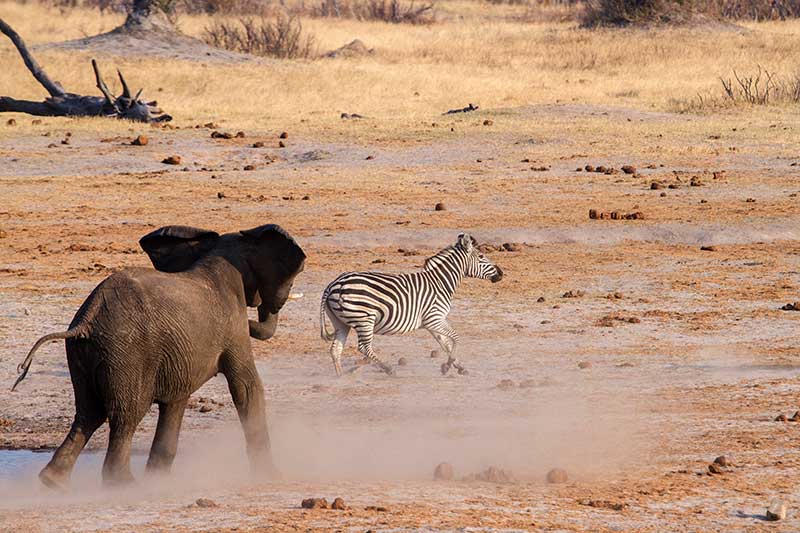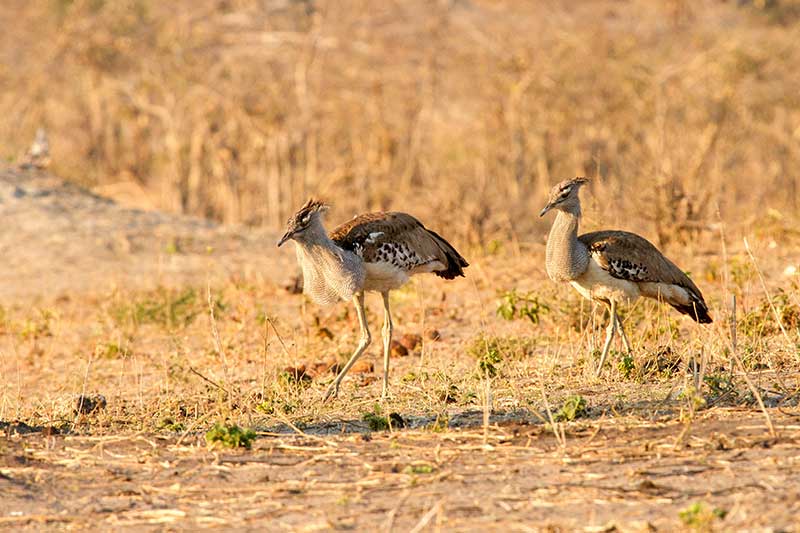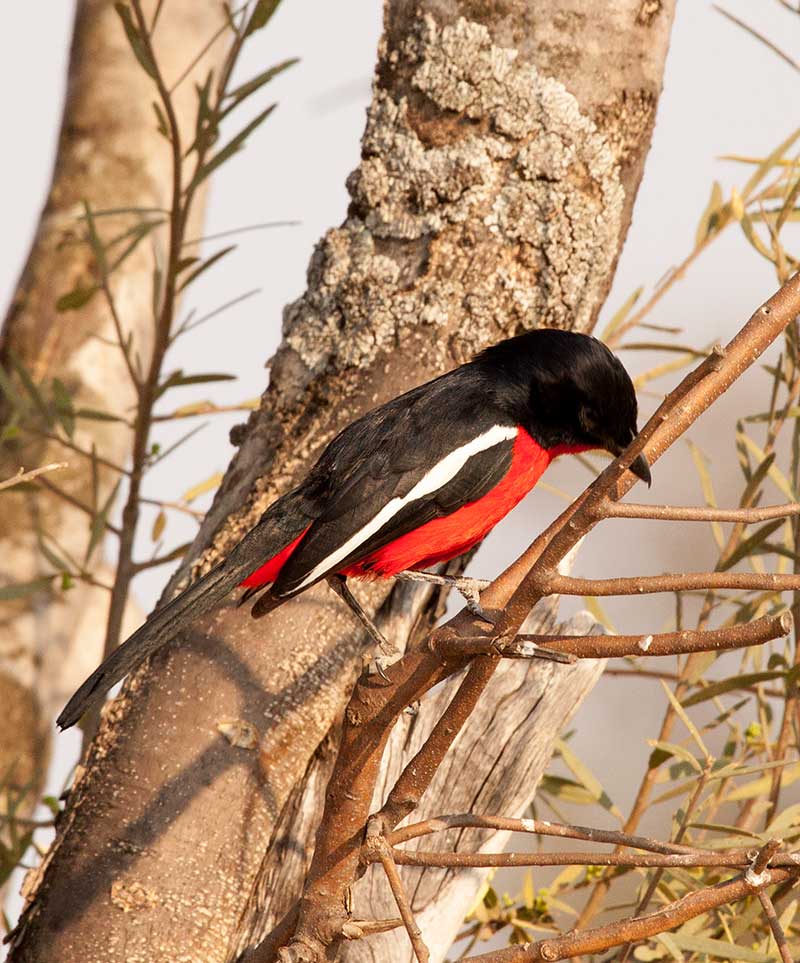Hwange National Park Zimbabwe
is one of Africa’s premier elephant strongholds. with lots of elephants – 30,000 of them, and they need to drink water twice a day.
The Park has little natural water and most of the water is pumped through boreholes into the pans and troughs.
Covering an area of 14,651km² (5,656 miles²) with an average altitude of 1,000m above sea level, Hwange is situated on the main Bulawayo to Victoria Falls road in the northwest corner of Zimbabwe and borders Botswana.
There are 480 km of roads, and not many are well maintained, Some also get boggy during the rainy season and are closed. It is wiser to take a package tour into the park
There is no off-road or night driving in the National Park and note this is a malaria area.

ANIMALS
Hwange has Africa’s Big Five and plenty of them! The park is well known for its huge herds of elephants and buffalo.Lions are commonly seen. Leopard is more difficult to find.
Well worth a visit is the Painted Dog Conservation Centre. Situated at the entrance to Hwange Main Gate, the Centre is doing important rehabiliation and conservation work.
This park has such a variety of animals that over one hundred different species have been recorded.
During the Dry season game-viewing is assisted by sixty man-made waterholes which give much needed water during the hot parched winter months.
Several waterholes have raised wooden hides affording excellent game viewing and photography opportunities.
The Pump Run is great fun with hands on experience.
(never to be forgotten)
For the really adventurous try Jozibanini rustic and remote camp
Several of Hwange’s safari lodges occupy a private concession and unlike the public park, night drives are allowed. Look out for the Springhare, who hops around like a small kangaroo.
Hwange has amongst the highest diversity of mammals of any National Park in the world with over 108 species and over 400 types of birds including 50 raptors.
A 482 km network of game viewing roads leads the visitor to some large concentrations of game.


